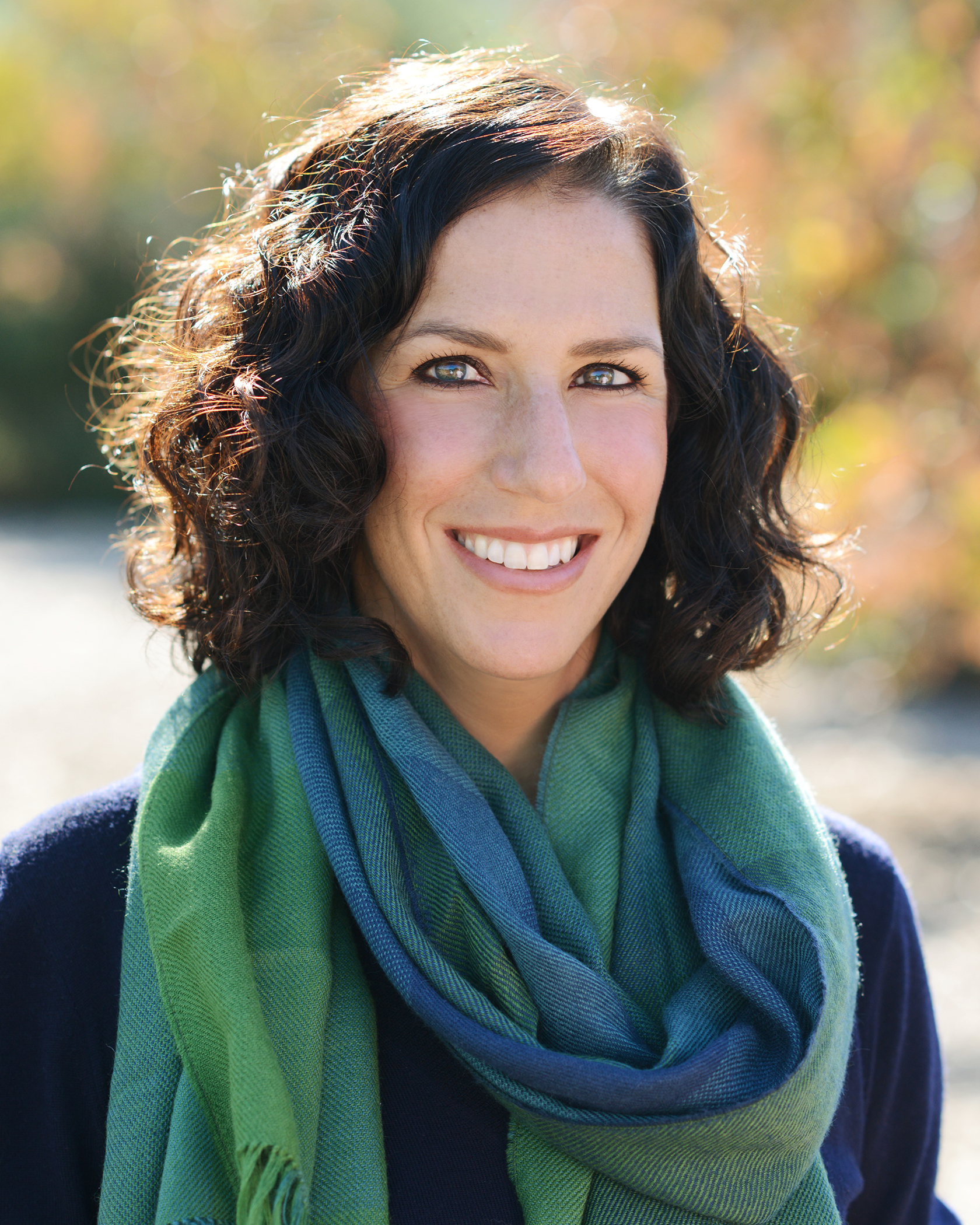Michigan’s lowest-performing schools faced extreme challenges, some successes
Michigan’s Partnership districts — the state’s lowest-performing districts — continued to face extraordinary challenges stemming from the COVID-19 pandemic during the 2021-22 school year. Still, educators and students in these districts continued to work hard during the third school year impacted by the pandemic.
In its fourth annual report, Michigan State University’s Education Policy Innovation Collaborative, the strategic research partner of the Michigan Department of Education, examined the progress of districts and schools under Michigan’s Partnership Model of school and district turnaround, which began in 2017 to support the state’s lowest-performing schools.
Partnership districts faced massive disruptions due to the pandemic. Even as Partnership districts — which had relied heavily on remote instruction throughout the 2020-21 school year — returned to in-person instruction in 2021-22, frequent classroom and school closures interrupted teaching and learning. Teachers reported that as many as one-third of their students were absent from school each day. Also, teachers themselves were frequently absent and substitute teachers were often not available to fill in. In fact, teacher turnover and recruitment challenges continued to plague Partnership districts, and, in some cases, were exacerbated by the pandemic.
While the increased funding from federal and state sources enabled Partnership districts to purchase needed support and was fundamental to their turnaround efforts, Partnership leaders reported that available funds were still insufficient on their own to fully address ongoing staffing challenges. This occurred, in part, because of an insufficient supply of educators in the districts’ local labor markets and because federal dollars are only available for a short time, making it difficult to address longer-term systemic challenges.
Katharine Strunk, MSU professor of education policy and the faculty director of EPIC, reflected on these findings: “We are seeing once again how conversations about teacher shortages overlap with conversations about school and district improvement. Partnership districts are facing severe staffing challenges, and without enough qualified teachers and staff, they will continue to struggle to implement the interventions necessary to improve student outcomes.”
Previous academic gains in Partnership districts stalled during the pandemic. Graduation rates, which had been improving in Partnership districts prior to the pandemic, stagnated during the pandemic. In addition, these districts demonstrated less growth than others throughout the state on the benchmark tests given during the 2020-21 school year to measure student progress. However, in comparison to similar districts throughout the state, Partnership districts made similar — and, in some cases, greater — gains on their benchmark tests.
“Early in the pandemic, COVID caused disproportionately high hospitalizations and deaths in the state’s poorest communities, which contain many of our Partnership districts,” said State Superintendent Dr. Michael Rice. “The resultant trauma and harm led many parents, guardians, and educators to prefer virtual instruction in these communities. At the same time, the teacher shortage has been particularly acute in our poorest communities. With the advent of vaccines, more and more families comfortable with returning to school, and stronger state budgets for children’s education, mental health, and safety, our staff in Partnership districts are doing the hard work of addressing the academic and socioemotional challenges of our children in this moment.”
Though the past school year brought profound challenges to Partnership districts, educators in these districts made extraordinary efforts to contend with these challenges. These efforts included interventions intended to accelerate student learning and to attend to students’ socioemotional and mental health. In addition, data from the district leaders and educators suggest that the Partnership Model laid the groundwork for improvement and was successfully able to bridge some gaps between resources and district needs.
As educators worked to address the persistent low academic performance that led their schools and districts to be identified for Partnership, they also focused on school climate and culture. Educators believed that school climate and culture have improved since the beginning of the Partnership program, and schools and districts continue to report strong rapport and relationships with students and their families, high expectations for students and effective engagement of students in learning.
